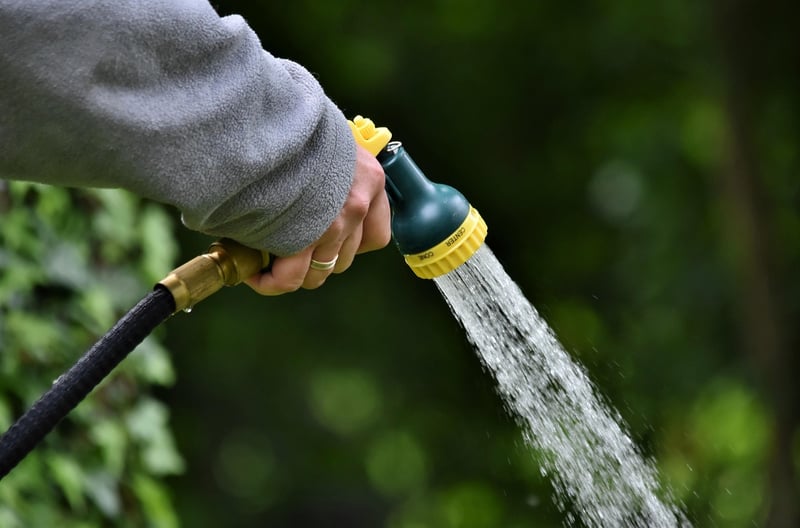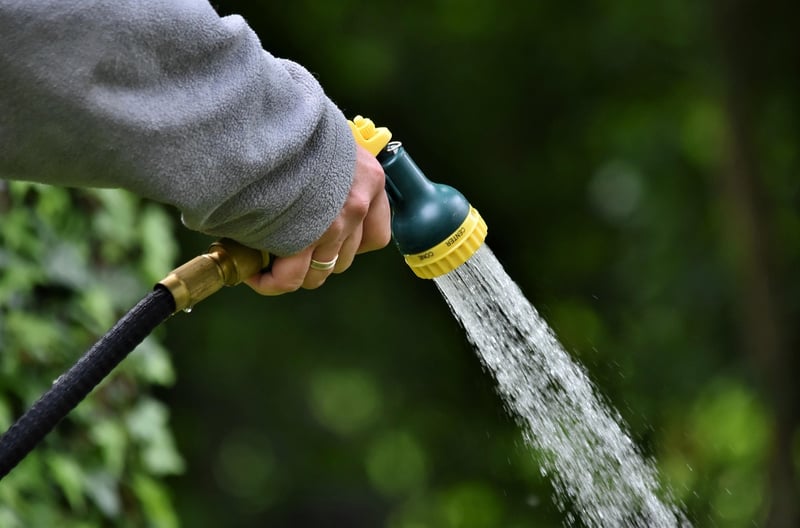Watering Guide
Maintaining Healthy Plants: A Comprehensive Watering Guide
Plants are a beautiful addition to any indoor or outdoor space, but proper care is essential to ensure they thrive. One of the most crucial aspects of plant care is watering. Different plants have varying water requirements, and understanding how to water them correctly is key to their health and growth. In this guide, we will cover everything you need to know about watering your plants to help them flourish.
1. Understanding Your Plants' Watering Needs
Before you start watering your plants, it's essential to understand their specific watering needs. Some plants require more water, while others prefer drier conditions. Research the watering requirements of each plant species you have to ensure you are providing the right amount of water.
2. Signs of Underwatering and Overwatering
It's essential to recognize the signs of both underwatering and overwatering. Underwatered plants may have wilted, yellowing leaves, while overwatered plants may show signs of root rot, such as mushy stems and yellowing lower leaves. Adjust your watering schedule based on these signs.
3. Watering Techniques
There are several watering techniques you can use to ensure your plants receive the right amount of water:
- Top Watering: Watering the soil surface until the excess water drains out of the bottom of the pot.
- Bottom Watering: Allowing the plant to soak up water from the bottom by placing it in a tray of water for a short period.
- Misting: Spraying a fine mist of water on the leaves, especially beneficial for tropical plants.
4. Best Practices for Watering
Follow these best practices to ensure your plants are well-watered:
- Water your plants in the morning to prevent evaporation loss.
- Use room temperature water to avoid shocking the roots.
- Ensure proper drainage in your pots to prevent waterlogging.
- Adjust your watering schedule based on seasonal changes and plant growth.
5. Recommended Tools for Watering
Having the right tools can make watering your plants more convenient. Some essential tools include a watering can with a narrow spout for precise watering, a spray bottle for misting, and a moisture meter to check the soil's moisture levels.
6. Conclusion
Proper watering is essential for maintaining healthy plants. By understanding your plants' watering needs, recognizing signs of overwatering and underwatering, using the right watering techniques, following best practices, and having the necessary tools, you can ensure your plants thrive and bring beauty to your space.

Remember, each plant is unique, so observe and adjust your watering routine accordingly to meet their specific needs. With proper care and attention, you can enjoy lush, vibrant plants that enhance your living environment.
